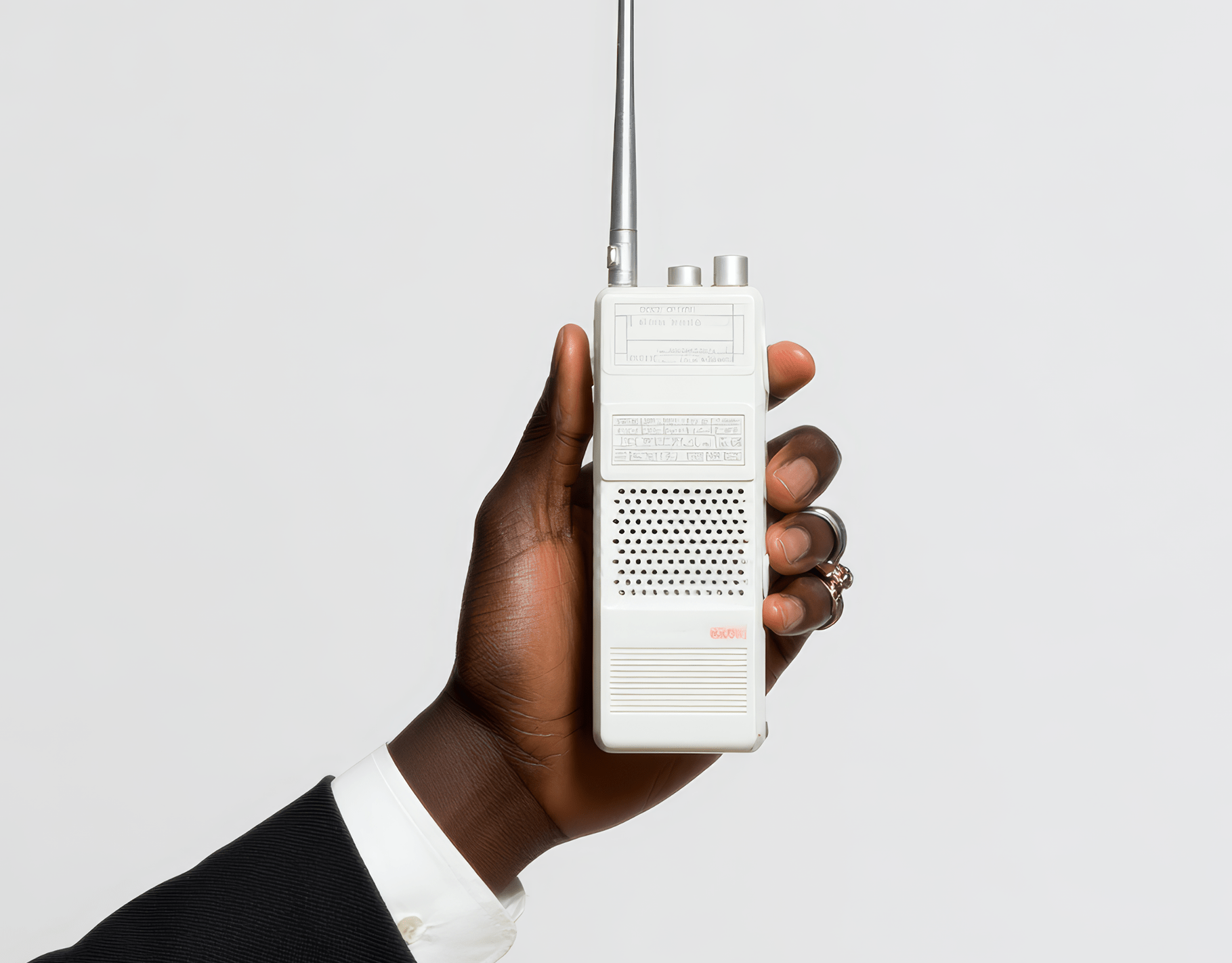Your logo is not your brand.
It's a common misconception that costs businesses clarity, connection, and ultimately, growth. While your logo serves as a visual anchor, your brand lives in the space between expectation and experience, in the moments when someone decides whether they trust you or scroll past.
The Shift: From Visual to Visceral
The branding world has been quietly evolving.
Where we once obsessed over perfectly crafted logos, the smartest brands now understand that logo is not a brand. A logo is a graphic mark that supports recognition, but it's not the sum total of how people perceive you.
Think about it this way: Apple's logo is memorable, sure. But their brand is the feeling you get when you unbox their products, the way their stores make you feel like you're part of something bigger, the confidence that comes from knowing their support team will actually help you.
The logo is just the bookmark.
This shift matters because we're living in an attention economy where differentiation happens at an emotional level. Your audience isn't just buying your product; they're buying into your worldview, your values, and the story you tell about who they could become.
What This Actually Means
Here's where it gets interesting. Brand is intangible; it embodies values and culture.
Meanwhile, brand identity includes the tangible elements like logos, colors, and typography. But even these visual elements are just the tip of the iceberg.
Your brand is the sum of every interaction someone has with your business. It's the tone of your customer service emails, the way you handle complaints, the stories you share on social media, and yes, the visual consistency across touchpoints.
But it's also the price points you choose, the partnerships you form, and the causes you support.
The brand is a person's gut feeling about your company. And gut feelings aren't formed by looking at logos; they're formed through accumulated experiences, stories, and emotional connections.
Expert POV: The Foundation vs. The Shortcut
In his book, "The Brand Gap: How to Bridge the Distance Between Business Strategy and Design", Brand strategist Marty Neumeier puts it perfectly: "Your brand isn't what you say it is. It's what they say it is."
This perspective shifts everything. You can design the most beautiful logo in the world, but if your brand experience is inconsistent or unclear, that logo becomes trivial.
Consider some of the most successful brands of the past decade. Glossier didn't win because of their logo; they won because they understood their audience's relationship with beauty and created a brand that felt like a friend's recommendation.
Airbnb's success isn't about their visual identity; it's about the promise that you can "belong anywhere."
The brands that resonate are the ones that understand this hierarchy: brand strategy first, then brand identity, then logo. Logo is the visual shortcut to the trademark of the brand, but without that foundational strategy, the shortcut leads nowhere.
Actionable Next Steps
So what does this mean for your business? Start with these three shifts:
Define your brand position before you design anything. What's your unique point of view? What do you stand for that your competitors don't?
Audit your current brand experience. Map out every touchpoint where someone might encounter your brand. Your website, your social media, your customer service, your packaging, your email signatures. Are they all telling the same story? Do they feel like they're from the same company?
Create brand guidelines that go beyond visual identity. Yes, document your logo usage and color palette. But also document your brand voice, your values, and the emotional experience you want to create. How should customer service emails feel? What tone should your social media posts have? What kinds of partnerships align with your brand?
The goal isn't to diminish the importance of good design; it's to put it in proper context. Your logo should be the visual expression of your brand strategy, not the starting point.
Building Beyond the Visual
The most successful brands we've worked with understand that visual identity is just one layer of a much deeper system. They invest in understanding their audience's emotional landscape, they're clear about their values, and they consistently deliver on their promises.
This approach requires more patience than logo-first branding, but it creates something much more valuable: a brand that people actually care about, talk about, and choose repeatedly.
Your logo will change. Your color palette might evolve. Your typography might get refreshed. But your brand, the emotional connection you create with your audience, that's the foundation everything else is built on.
When you start with brand strategy and let visual identity follow, you create something that's not just recognizable, but memorable. Not just professional, but meaningful. Not just designed, but designed with purpose.
Start with the story you want to tell, the feeling you want to create, and the change you want to make. Your logo can wait; your brand strategy can't.
We are ready when you are.














